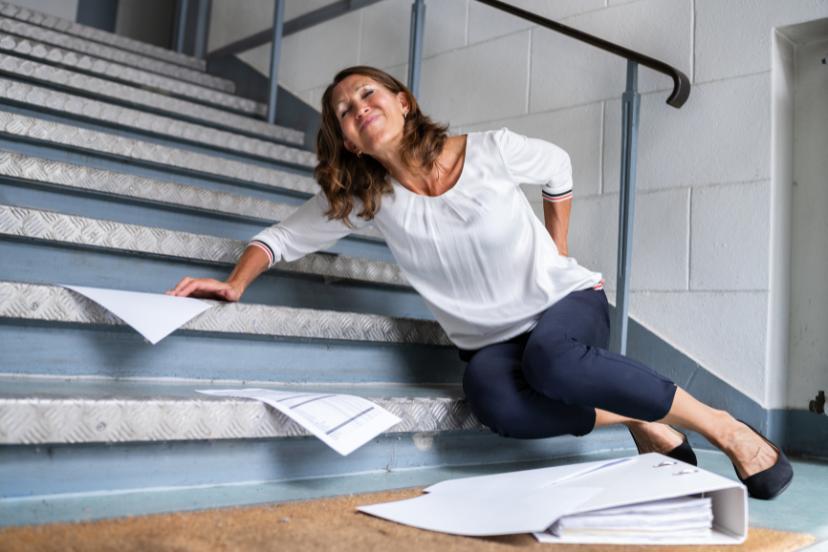Osteoporosis and Falls Prevention: Safeguarding Bone Health
Osteoporosis and falls prevention are crucial topics for maintaining bone health and reducing risks associated with fractures in older adults. This comprehensive guide will cover everything you need to know about how to prevent falls and manage osteoporosis effectively.
Introduction
In this article, we delve into the important connection between osteoporosis and falls prevention. Learn strategies, tips, and expert advice on safeguarding bone health and reducing the likelihood of falls among seniors.
Understanding Osteoporosis and Falls
Osteoporosis weakens bones, making them more susceptible to fractures from falls. Understanding this connection is key to preventing serious injuries.
Risk Factors for Osteoporosis and Falls
Identifying risk factors such as age, gender, and lifestyle habits can help in taking proactive measures against osteoporosis and falls.
Symptoms of Osteoporosis
Recognizing symptoms like loss of height, back pain, and fractures can prompt early intervention and falls prevention strategies.
Importance of Exercise in Osteoporosis and Falls Prevention
Regular physical activity strengthens bones and improves balance, reducing the risk of falls and fractures.
Nutrition Tips for Osteoporosis Prevention
A diet rich in calcium, vitamin D, and other nutrients plays a vital role in maintaining bone density and preventing osteoporosis-related fractures.
Medications and Treatments for Osteoporosis
Explore various medications and treatments available to manage osteoporosis and reduce the risk of falls.
Home Safety Modifications for Fall Prevention
Simple adjustments at home, such as installing grab bars and removing hazards, can significantly reduce the risk of falls.
Assistive Devices for Fall Prevention
Using devices like canes or walkers can enhance stability and prevent falls among individuals with osteoporosis.
FAQs about Osteoporosis and Falls Prevention
- What are the early signs of osteoporosis? Early signs include back pain, loss of height, and easily fractured bones.
- How can exercise help prevent falls in osteoporosis patients? Exercise improves strength, balance, and coordination, reducing the likelihood of falls.
- What role does nutrition play in preventing osteoporosis? A diet rich in calcium and vitamin D supports bone health and density.
- Are there medications that can help treat osteoporosis? Yes, medications like bisphosphonates and hormone therapy can help manage osteoporosis.
- What are some home modifications to prevent falls? Installing grab bars, improving lighting, and removing tripping hazards are effective.
- How can I help a loved one with osteoporosis prevent falls? Encourage them to stay active, ensure their home is safe, and support them in following their treatment plan.
Conclusion
In conclusion, understanding the link between osteoporosis and falls prevention is crucial for maintaining bone health and preventing serious injuries. By implementing strategies like exercise, nutrition, and home safety modifications, individuals can effectively manage osteoporosis and reduce the risk of falls. Stay informed, stay proactive, and prioritize bone health for a fulfilling life.
This outline provides a structured approach to creating a detailed and informative article on “Osteoporosis and Falls Prevention.” Each section can be expanded to meet the desired word count and incorporate engaging content that is informative yet accessible to a wide audience.




